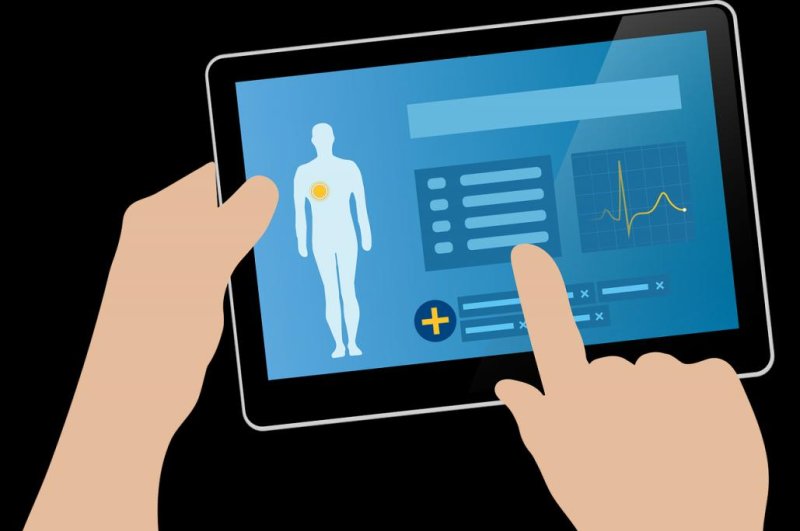
33% of medication errors missed by electronic health records systems, study finds
by Brian P. DunleavyMay 29 (UPI) -- Hospital electronic health records systems miss up to one-third of dangerous drug interactions and other errors in medication administration, according to a study published Friday by JAMA Network Open.
In tests using simulated medical records, electronic health records, or EHR, systems consistently failed to detect errors that could injure or kill patients, the researchers found -- despite technological improvements over the past decade.
"EHRs are supposed to ensure safe use of medications in hospitals, but they're not doing that," study co-author Dr. David C. Classen, professor of internal medicine at University of Utah Health, said in a statement.
"In any other industry, this degree of software failure wouldn't be tolerated," he said.
Clinicians in the United States make an estimated 1.25 million medication errors annually, according to the Institute of Medicine. This includes giving drugs at the wrong dosage or administering two drugs together that cause harmful side effects when combined.
Up to 9,000 Americans die each year from these errors, the Institute of Medicine estimates.
First used in the 1960s, EHRs replace written medical records and manual filing systems. Virtually all hospitals, as well as many clinics and medical practices, in the United States use them.
The computerized systems are designed to issue warnings to doctors if their orders for medication could result in allergic reactions, adverse drug interactions, excessive doses or other potentially harmful effects.
However, recent studies suggest that medication safety and overall safety problems in hospitals continue to occur at a high rate despite the almost ubiquitous use of EHRs by hospitals, Classen and his colleagues noted.
For their study, the researchers assessed the results of tests conducted by an EHR safety evaluation tool called the Leapfrog CPOE EHR test, which simulates actual drug orders that have and could potentially harm patients.
Almost all of the scenarios were based on actual adverse drug events that harmed or killed patients in the real world, they said.
To test system performance, the scenarios were fed directly into EHR systems at 2,314 hospitals across the United States. All of the test were conducted between 2009 and 2018.
The researchers found that, in 2009, EHR systems correctly issued warnings or alerts about potential medication problems 54 percent of the time.
By 2018, EHRs detected about 66 percent of these errors, they observed -- an improvement, but the systems still meet the most basic safety standards less than 70 percent of the time, researchers say.
The hospitals in the study used the EHR evaluation tool voluntarily to improve patient safety and care, Classen said.
Many hospitals, however, don't participate in such evaluations, suggesting that U.S. hospitals could have far worse safety practices than the study found, he added.
"You would never get on an airplane, for instance, if an airline could only promise it could get you to your destination safely two-thirds of the time," Classen said.
(0) Leave a comment
upi.com/7010264